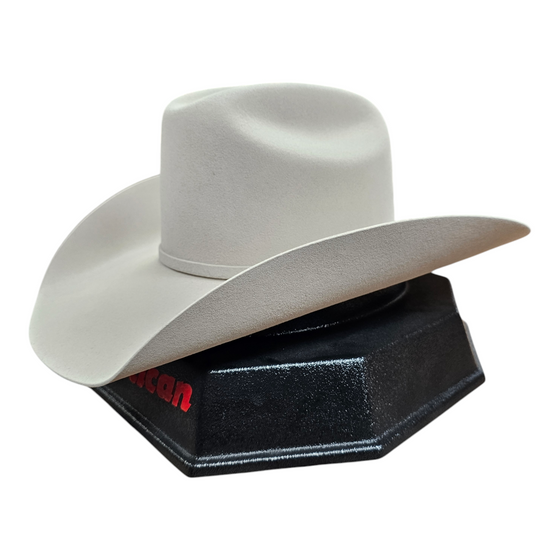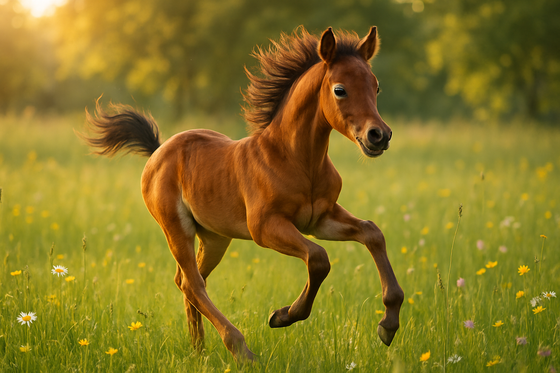Feeling leads is an important skill for riders of performance horses of all kinds.
If you look down to check your lead in the show ring, the judge is going to see it and deduct from your horsemanship score.
Starting on the wrong lead in a barrel race can cost you valuable time.
Therefore, learn to FEEL your canter leads, it's essential for success.
Feeling leads is not hard, but you have to know what you are feeling and have the self-discipline not to look; think about how it feels for a few strides, make your decision then look if you need to verify your results.
When the horse canters on the right lead, both his right hind and right fore are leading over the left legs (visa versa with the left lead) and he picks them up higher and reaches farther forward with those legs. Therefore, his back will be slightly crooked underneath your seat, both front-to-back and side-to-side. In your hips you’ll feel your inside hip in front of your outside, so if he is on the right lead, your right hip and leg will be in front of your left hip and leg. Because he is picking both leading legs up higher, you’ll also feel your weight shift to the outside, so if he is on the right lead, you’ll feel more weight in your left seat bone and left stirrup.
This unevenness that you feel in his back is important in setting your horse up for the correct lead, cueing for the canter and cueing for flying lead changes. As you go about cueing your horse for canter, you basically set your body into the canter position for the lead—your outside leg down and back (which tends to bring your inside hip and leg forward), your inside rein lifted (which shifts your weight into the outside stirrup), then a push with your seat in the canter motion (like you are pushing a swing) tells the horse to canter.
Starting in the position will help you know how your horse starts the gait and help you feel the difference.
Starting in the correct lead is key to everything you want your performance horse to do.
Comments will be approved before showing up.


